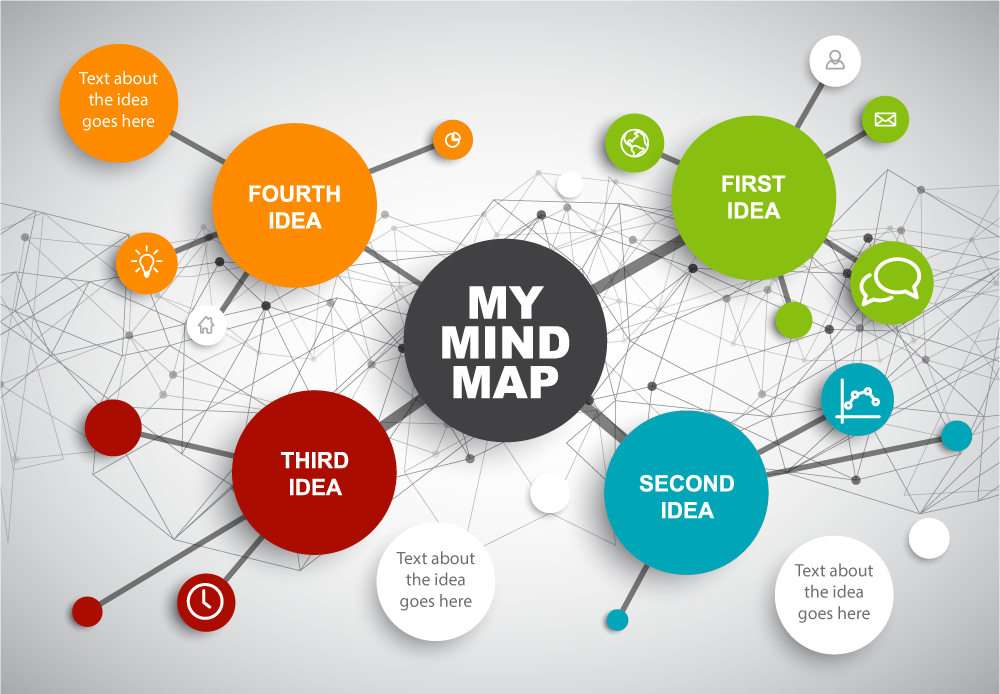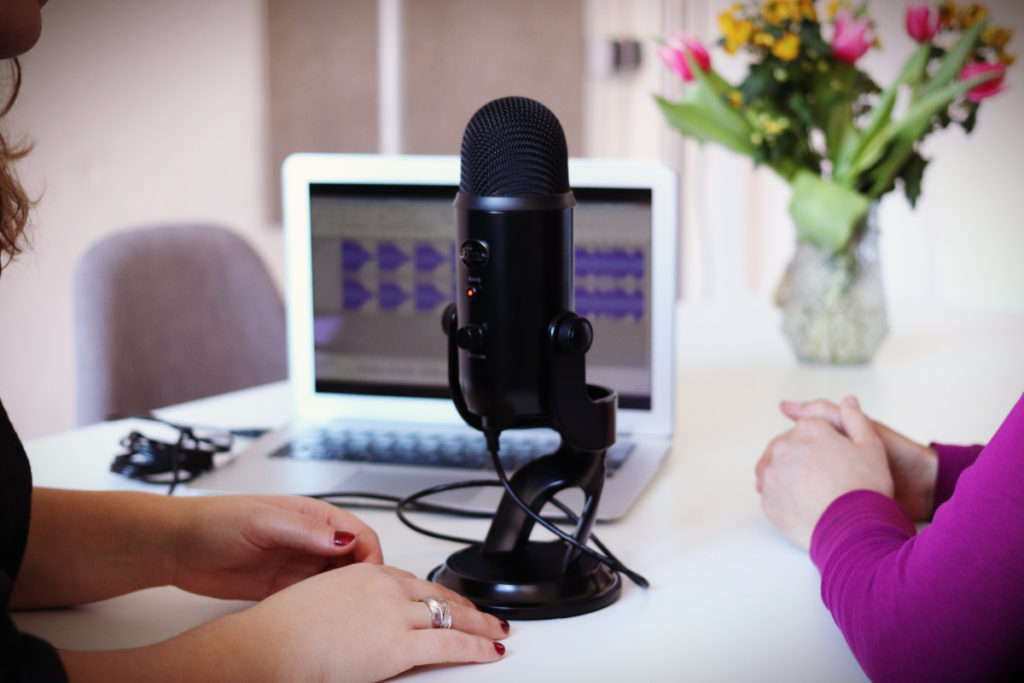For centuries, storytelling has been a great way for history, traditions, culture, and family values to be passed from one generation to the next. Across the globe, in dens with fireplaces, to the campfires of rural people in rustic settings, storytelling has always been there. Storytelling has served as a popular education tool. Today we have the ability to tell stories both the old-fashioned way, or begin a new tradition of digital storytelling utilizing all of the modern technologies available to us. This season is a good launching point for building a storytelling habit in your family, especially now while we are spending more time at home together.
For more ideas about experiences you can do while learning at home with your kids, visit the main page, Charter a Summer of Learning.

Storytelling With Preschoolers
Young children love story time. Now is the time to begin a new tradition with your young children.
Step 1
Narrative Scenario: “Kids, this year in celebration of the season, I want to give you a gift. That’s right, I am giving you a gift. Here is the special gift, ‘We are starting a weekly storytime.’ It’s a special gift. One from me to you. One that will go on for some time.”
Step 2
Then, you tell them stories. Not reading to them, but oral storytelling. Keep the stories short, direct, concrete. There are no bad stories to them. Make them up. Imbed a value. Share a tradition. Begin with, “This is a great story about . . . .” Then roll into, “Once upon a time . . . .” The goal: stay engaged in a focused time with your kids.
Step 3
Begin by using only your voice, eyes, tone, gestures. Then give them detail, color, noise and action. This fires up their imaginations. Watch their eyes. Listen to their reactions.
Step 4
Begin to involve them in interactive storytelling. Engage them with visuals, actions, pain, pleasure, smiles, frowns. Like this:
Keep it simple, imbed only a single simple objective, lesson, or value per story.
If you make storytelling a consistent part of the bedtime ritual, it will likely grow into daily requests and a deeply meaningful family tradition.
Storytelling for Grade Schoolers
Lead your kids to start their own storytelling adventure. Here a two examples of age-appropriate activities.
Activity #1
Help your children build their own storybook, one for each year of their life.
Step 1
Share the purpose and talk about it. Structure the whole project, but let them shape it. Do this by first talking and jotting down notes on paper that can later be recorded digitally. Either way, make certain it is preserved for the future. Goal: Work together as a family to preserve tradition, values, culture.
Step 2
Resist using technology as the first and only tool upfront. Technology use may flow naturally in later discussion, but first guide your kids into the personal skills of communicating face-to-face. Goal: Storytelling builds self-expression and communication skills; in turn, communication skills build self-confidence for any life endeavor.
Step 3
Think interactive—either begin a story, then pause . . . and let them add to it; or begin a story and then let them choose the ending. Goal: This exercise sparks great left brain/right brain interaction.
Lead them to show you by their words, not just tell you. Goal: Leads them to organize their thoughts, teaching them to tie their thoughts to their ability to express those thoughts.
Step 4
Explore the formats. The storytelling can use humor, comics, songs, etc. Goal: This fosters creativity, innovation, and getting things done.

Activity #2
Help your kids build a miniature garden as a diversity demonstration. (Related activity: fairy gardening.)
Step 1
Have the child build a Play-Doh garden. Build four small squares from each color. Then go outside and pick an array of stems, grass heads, leaves, flowers, etc. and stick them into each square.
Step 2
Have the child tell you about their color garden. Tell them to make up a story about the garden and what it can grow and why each color is important. Ask them which square should own the garden, or be a leader of the whole garden, and why.
Goal: Captures and reveals the student’s thinking on diversity at their level. This opens the door for discussion and reflection to allow parents to teach their children that each individual is unique and important, and so is their story.
Storytelling with Upper Schoolers
Engage your teens in building a Family Story Vault. Tell them what you would like to do but let them build the how.
Activity: Narrative Scenario with a script to get you started:
“Thanks for giving me a few moments. I’m going to place my phone over on the counter, turn it off while we are talking. I have begun a project that I can’t finish alone. Here is what I’m thinking: I would like for us to build a Family Story Vault. This project needs your input and help, please. I want to build a place, a way, where all of our stories, mine, Moms, Gramps, Grandmas, yours . . . the whole family, can store our great stories.
“My Famlies’ stories—I have always wished I had all of them recorded. I wish I would have captured all of their traditions, but I didn’t. I’m not talking about journaling. I’m talking about storytelling. So, I need your help. I want your input. I want us to do this together. Can we talk about this? I know we are all busy, so how should we go about this?” (Remember, teens are very busy too.)

Step 1
Let them have unfettered input. Let them question, comment, and react. Don’t judge their input; listen to it, value it, and incorporate it. Remember, let them build this with your leadership and guidance. You may not call it brainstorming, but let it roll the same way. They may not fully engage at first. Give it the necessary time to brew. Goal: Engage your teens and let them see the value in capturing their culture, sharing their opinions, values, stories.
Step 2
Identify a good mind-mapping app to use. Pop it up for them to see and just start brainstorming. Goal: Brainstorm + mind map + begin new engagement through a new family tradition.
Step 3
Make these short, crisp, good stories, add humor, and don’t get too preachy. Or, if it is an ongoing saga, do it in increments. Have them script it first . . . not a writing assignment, but as you mind map it, using bubble points, words, and phrases. Goal: This helps them organize their thoughts. Let them use any technology they choose . . . they will anyway.
Step 4
Set a time for them to report and express themselves verbally. Let them show their work. Do a Moth storytelling session every Saturday, or a day that works for you. Goals: Builds critical thinking, public speaking, and communications skills, and pours directly into journalism and leadership skills. Builds project planning, problem solving, getting-things-done, and life skills.
Step 5
Reflect, leave time after each story for a one sentence summary and discuss some impact points. Goal: Imbedding. Remember, it’s only during reflective moments and times that actual learning occurs. Experiences in and of themselves are not teachers—post-experience reflection times are.

In Summary
Storytelling can take many forms and continues to evolve and adapt—especially during this unique moment in history. Storytelling can be:
Traditional (as in oral)
Musical or singing
Sci-fi series
Comic series (like Marvel and DC)
One act plays
Interactive games
Interviewing —like recording via ZOOM with a relative
Podcasts—could be personal, for family archiving only, or for the public, as personal humorous or entertaining stories
Regardless of the platform or style, be creative and be innovative. Family are teachers, automatically, regardless of their profession. Any day is a reason to celebrate this role.
Family members are conveyer of values. Knowledge can be taught, but values are best taught and caught. Teens catch values from people they respect.
Local Connection for Storytelling
San Antonio is a city with a rich history and many stories to tell. Our storied past cultivates fantastic inspiration and resources for young storytellers to sharpen their skills. A great starting point is the Southwest School of Art—ask them about their Community Classes for kids and teens.
Read More About Storytelling
Mind Mapping—“The 25 Best Mind Mapping Software of 2020,” Darko Atanasov, Medium, February 3, 2020
High School Storytelling—“The Moth: Students”
Storytelling With a Hero’s Journey—“A middle school teacher’s creative way of framing the pandemic for children,” Laura Hanby Hudgens, Washington Post, April 2, 2020
Charter Moms Chats
Watch Inga Cotton’s interview with Gary W. Boyd, Ph.D., on Charter Moms Chats.
For more ideas about summer experiences you can do while learning at home with your kids, visit the main page, Charter a Summer of Learning.
About the Author
Gary W. Boyd, Ph.D. is a local businessman, consultant, professor, author, and raconteur. He and his wife, Maurine, have two sons:
Justin Boyd, Department Chair Integrated Media, Director of Student Affairs—Southwest School of Art. Also, a sound artist.
Dillon Boyd, Owner of Dillon Boyd Designs—Problem solving and solutions for enterprises and individuals. Also, a sound design and installation specialist.
Gary practiced Dad storytelling during the time his sons were at home. He still tells stories, only now he does so for a living. His books and courses include:
Beyond Allthorn: The First Tree of Wisdom (children’s book—first in a series of 12)
BOOM! Personal Accomplishment Activators That Really Work
LeaderPrep: Guiding Today’s Leadership—Growing Tomorrow’s Leaders
LeaderCore (in four editions, in development now—coming soon): Teaching Leadership to Preschoolers; LeaderPrep for Middle Schoolers; LeaderSkills for High Schoolers; LeaderCore—LifeSkills for College Students.
Gary can be reached at drgaryboyd@gmail.com.

